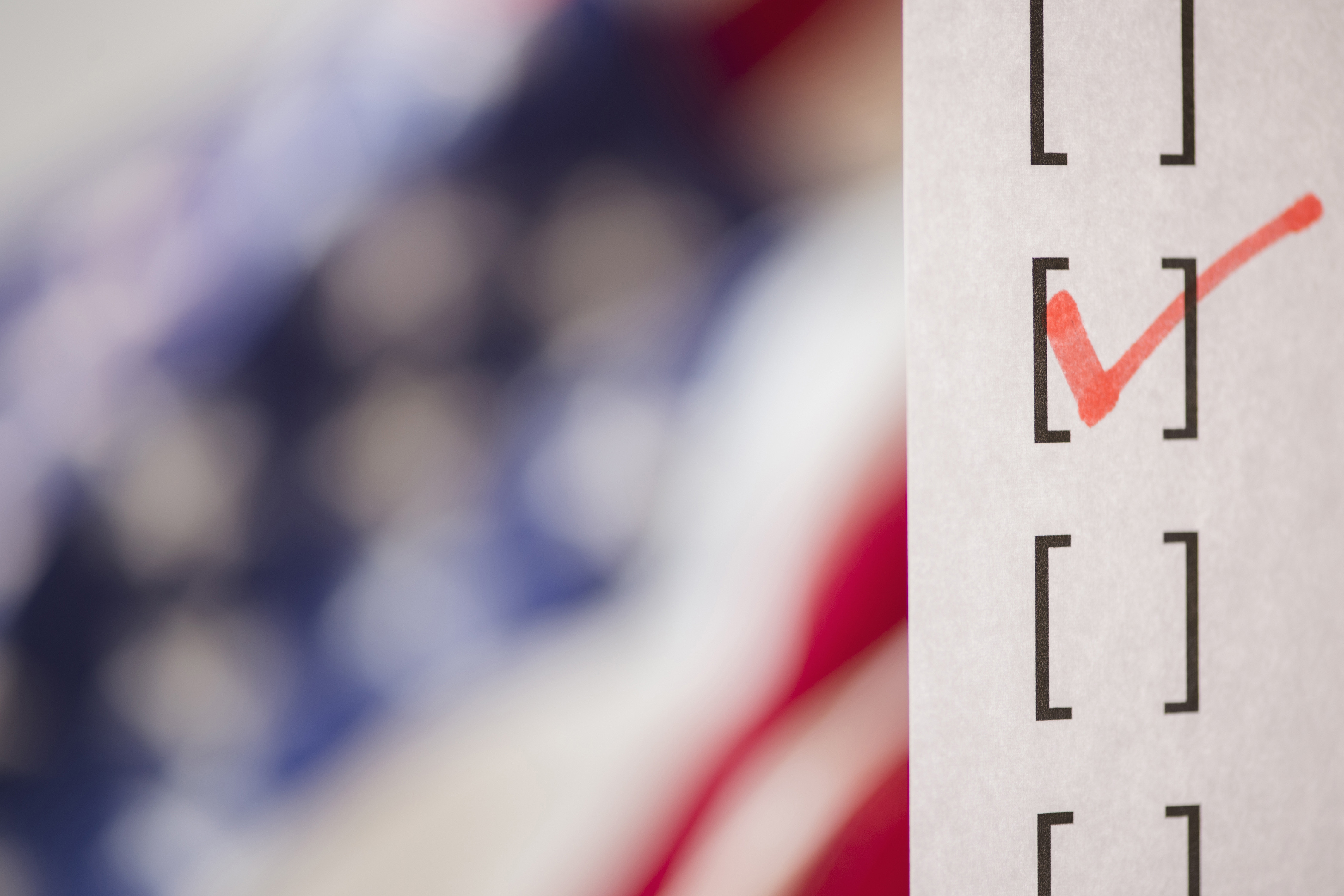Public opinion polls are a mainstay of news coverage, particularly during election years. Candidates, parties, journalists, and others are riveted by each new batch of results, poring over them for an inkling about what voters will decide in November.
But Jennifer Necci Dineen, director of the Graduate Program in Survey Research in the UConn Department of Public Policy, explains in this excerpt from the Oct. 17 edition of UConn 360 that polls shouldn’t be seen as offering glimpses into the future. Instead, polls measure public opinion on a range of questions at a particular moment in time: a snapshot rather than a crystal ball. With midterm elections only weeks away, Dineen offers advice for analyzing polls, and answers some common questions about how pollsters reach their conclusions.
For the full episode and for more podcasts about all things UConn, go to uconn.edu/uconn360-podcast.



